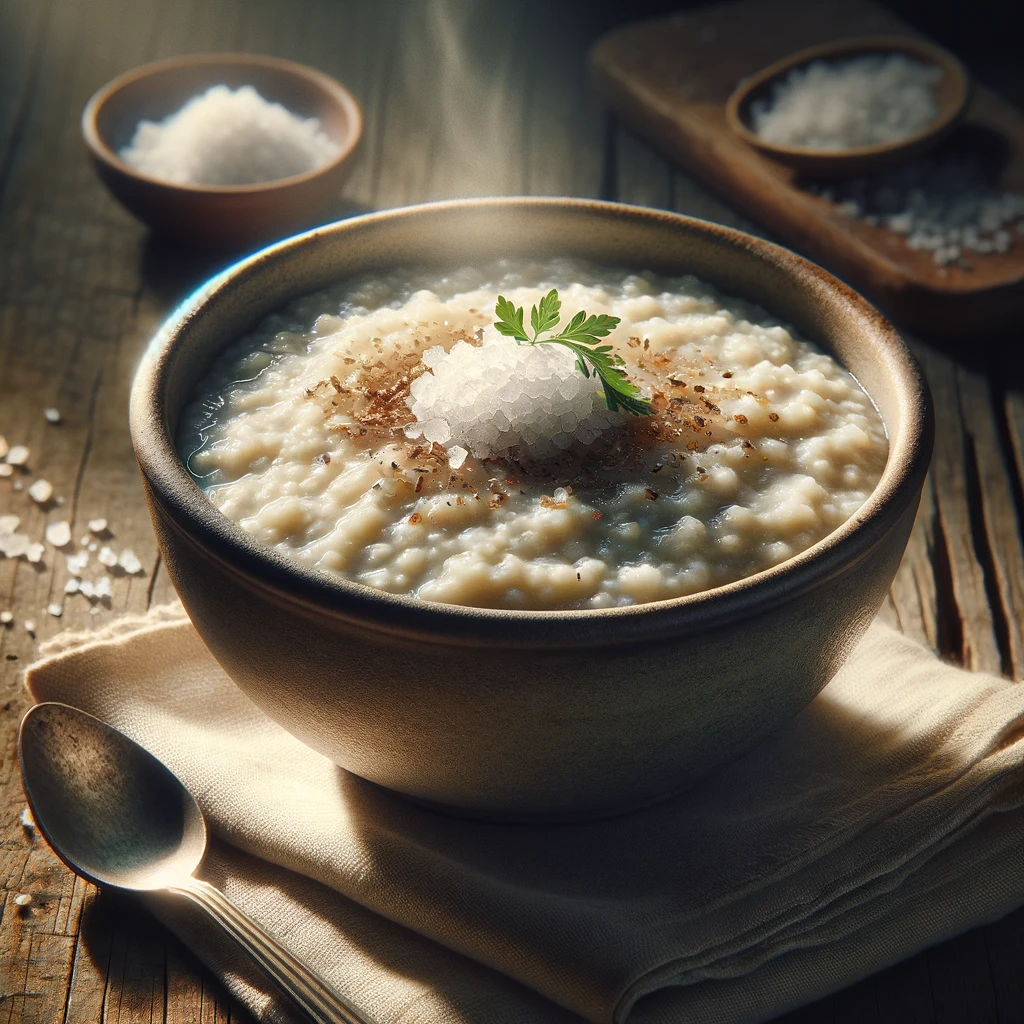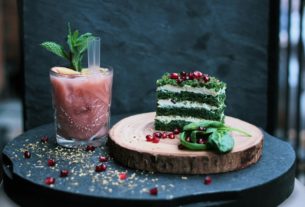Pearl millet, known as Bajra in many parts of the world, is not just a grain but a powerhouse of nutrition that has been a staple in the diets of millions of people across Asia and Africa for centuries. Its resilience to harsh growing conditions and its myriad of health benefits make it a crucial crop for sustaining food security and promoting a healthy diet. In this article, we’ll explore the benefits and side effects of pearl millet, the right portion sizes, and share 3-4 easy recipes to incorporate this versatile grain into your daily meals.

Benefits of Pearl Millet
Pearl millet is packed with nutrients that offer several health benefits:
- Rich in Nutrients: It is an excellent source of protein, dietary fiber, vitamins (particularly B vitamins), and minerals such as magnesium, phosphorus, iron, and zinc. This nutrient density supports overall health, including muscle growth, digestion, and immune function.
- Gluten-Free: For those with gluten intolerance or celiac disease, this millet is a great alternative to wheat, rye, and other gluten-containing grains, offering a way to enjoy grains without adverse health effects.
- Helps in Controlling Diabetes: The high fiber content in this millet has a low glycemic index, which helps in controlling blood sugar levels, making it beneficial for people with diabetes.
- Aids in Weight Loss: Being rich in fiber, it keeps you full for longer periods, thereby helping in weight management.
- Improves Heart Health: The magnesium and potassium content in this millet contribute to maintaining a healthy blood pressure level, while its fiber helps in reducing LDL (bad) cholesterol, promoting heart health.
Side Effects of Pearl Millet
While pearl millet is beneficial for most people, there are a few potential side effects to be aware of:
- Goitrogens: This millet contains goitrogens, which can interfere with iodine absorption and thyroid function. People with thyroid issues should consume it in moderation.
- Phytic Acid: It also contains phytic acid, an antinutrient that can bind minerals and reduce their absorption. Soaking, sprouting, or fermenting pearl millet before consumption can help reduce phytic acid levels.
- Allergic Reactions: Though rare, some individuals might be allergic to this millet and experience symptoms like itching, swelling, or digestive distress.
Right Portion
Portion size can vary depending on individual dietary needs, but a general guideline is to include about 1/2 cup (cooked) bajra per meal. This amount provides a significant portion of your daily nutrient needs without exceeding your calorie limit. As with any food, moderation is key to avoiding any potential side effects.
Four Easy Recipes
Incorporating pearl millet into your diet can be both delicious and nutritious. Here are 3-4 easy recipes to get you started:
Pearl Millet Porridge (Sweet/Salty)
Ingredients:
- 1 cup pearl millet flour
- 3 cups water (for salty) or milk (for sweet)
- Sweetener (honey, maple syrup, or sugar) to taste OR a pinch of Salt
Instructions:
- In a pot, mix pearl millet flour with a cup of water or milk to make a lump-free mixture.
- Add the remaining water or milk and bring to a boil while stirring continuously.
- Reduce the heat and simmer until the mixture thickens.
- Add sweetener and salt to taste. Serve hot.
Bajra Roti (Flatbread)
Ingredients:
- 2 cups pearl millet flour (for 4-5 Roti)
- Warm water, as needed
- Salt and other spices, to taste
Instructions:
- In a bowl, mix the pearl millet flour and salt. Gradually add warm water to form a dough.
- Divide the dough into small balls. Roll each ball into a flat, round shape.
- Heat a griddle and cook each roti until brown spots appear on both sides. Serve warm.
Pearl Millet Salad
Ingredients:
- 1 cup cooked pearl millet (cooled)
- 1 cucumber, diced
- 1 tomato, diced
- 1 onion, finely chopped
- Fresh herbs (cilantro, mint)
- Lemon juice, olive oil, salt, and pepper for dressing
Instructions:
- In a large bowl, combine cooked pearl millet, cucumber, tomato, and onion.
- Add fresh herbs and mix well.
- Prepare a dressing with lemon juice, olive oil, salt, and pepper. Pour over the salad and toss to combine.
- Serve chilled.
Bajra Khichdi
Ingredients:
- 1 cup pearl millet, soaked for a few hours
- ½ cup split green gram (moong dal, washed and soaked)
- 1 teaspoon turmeric powder
- Salt, to taste
- 1 tablespoon ghee
- 1 teaspoon cumin seeds
- 1 onion, finely chopped
- 1-2 green chilies, slit
- 1 teaspoon grated ginger
- 2-3 cups water
Instructions:
- Drain the soaked pearl millet and moong dal.
- In a pressure cooker, heat ghee and add cumin seeds. Once they begin to crackle, add chopped onion, green chilies, and grated ginger. Sauté until the onion turns translucent.
- Add the drained pearl millet and moong dal to the cooker. Add turmeric powder and salt to taste. Stir well.
- Add water (the amount of water may vary depending on the desired consistency).
- Close the pressure cooker lid and cook for 4-5 whistles or until both the millet and dal are cooked thoroughly.
- Let the pressure release naturally before opening the cooker. Stir the khichdi, and adjust the consistency by adding more water if needed. It should be mushy and soft.
- Serve hot, garnished with fresh coriander leaves or a dollop of ghee.
This article offers a comprehensive overview of pearl millets’ benefits, potential side effects, the right portion sizes, and easy-to-make recipes that showcase their versatility. Whether you’re looking to diversify your diet, manage dietary restrictions, or simply explore new and nutritious food options, pearl millet is a valuable addition to any meal plan. Its rich nutrient profile and health benefits, coupled with its adaptability in various recipes, make it an ideal grain for health-conscious individuals and those seeking to maintain a balanced diet.
Editor: LivePeppy
Be Happy, Be Peppy. LivePeppy! 🙂
Disclaimer: This article is for informational purposes only and is not intended as medical advice. The information contained herein should not be used to diagnose, treat, or cure any disease or health condition without the consultation of a qualified healthcare professional. The benefits and side effects mentioned are based on general research and may not apply to everyone. Individual nutritional needs and health conditions vary, so it’s important to consult with a healthcare provider before making significant changes to your diet, especially if you have pre-existing health conditions or concerns. The recipes provided are suggestions for incorporating pearl millet into your diet and should be adapted based on individual dietary needs and preferences.




